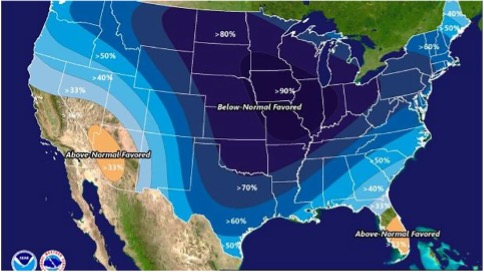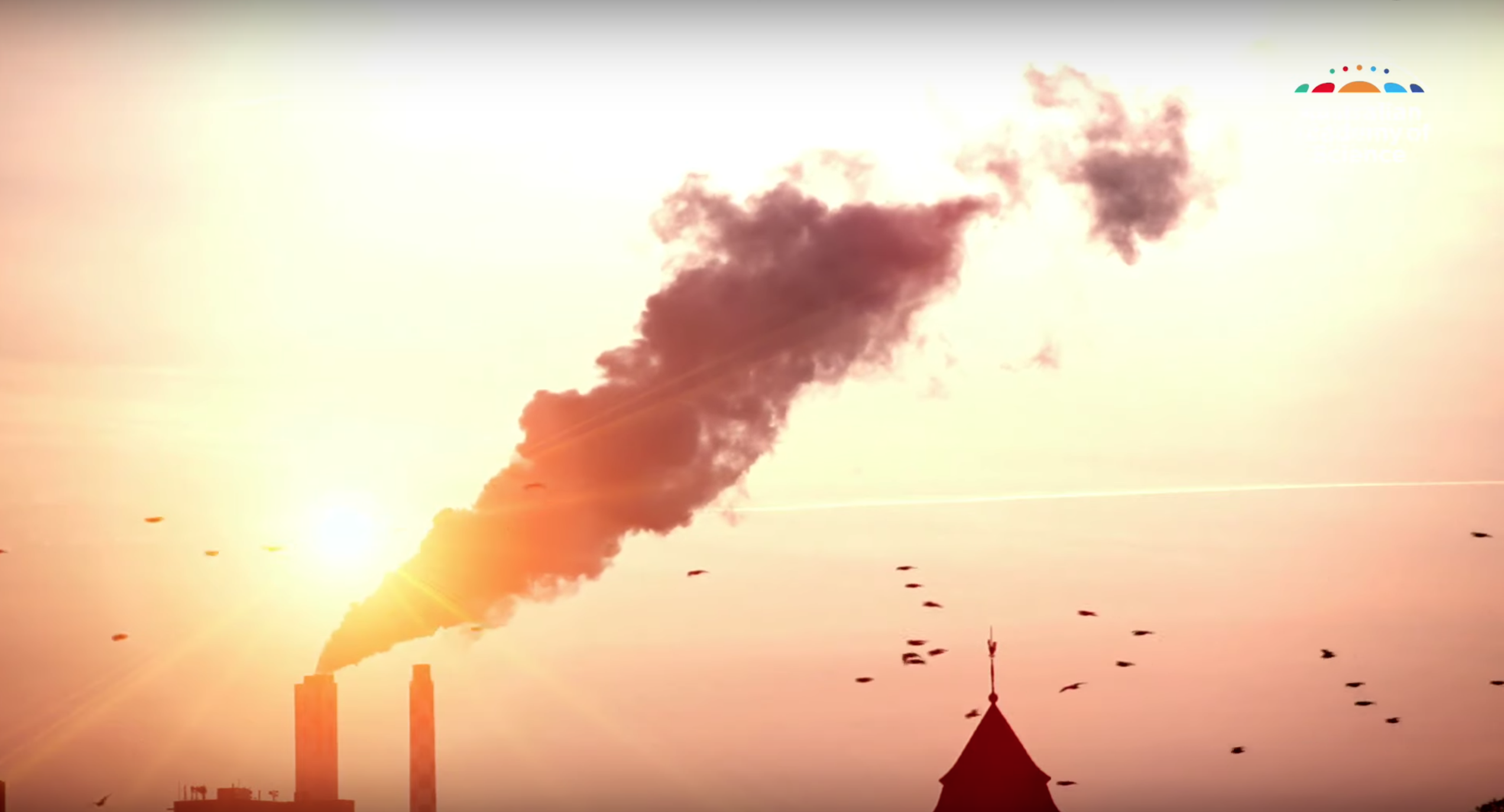A government that takes El Niño occurrences as serious quasi-periodic threats and seeks to enact policies to protect its citizens and their livelihoods and properties, public and private, can be considered an El Niño-ready nation.
El Niño is a recurring phenomenon in the tropical Pacific Ocean, appearing on average at least once in a decade but often returning at 2-to-7 year intervals, and generally lasting from 9 to 12 months or longer. It results from anomalous air-sea interactions that enable a warm pool of water in the western Pacific to shift eastward toward the central and eastern Pacific. As a result of such a shift, El Niño is associated with many adverse anomalous climate, water, and weather impacts around the globe also often lasting several months to years.
The most obvious impacts appear in the form of drought, flood, flash floods and fires each of which has ripple effects in society and ecosystems. These adverse impacts tend to recur in many (but not all) places and can, therefore be anticipated, planned for, and mitigated, if not avoided altogether. Disaster risk reduction (DRR) through informed prevention and preparedness merits greater visibility in political decision-making processes, given the adage that “an ounce of prevention is worth a pound of cure.” As a known spawner of hydro-meteorological hazards, focusing on the El Niño phenomenon is a good place to start for early warning for risk reduction.
This report summarizes a review of 15 countries affected by the 2015-16 El Niño.
ENRN and DRR Report Executive Summary 2017


